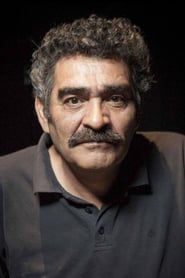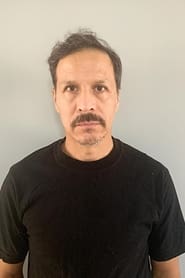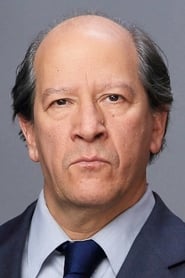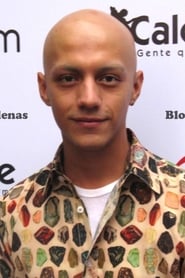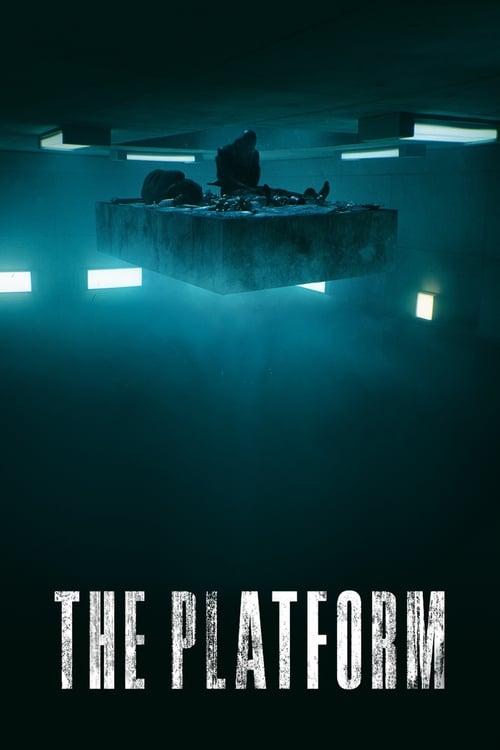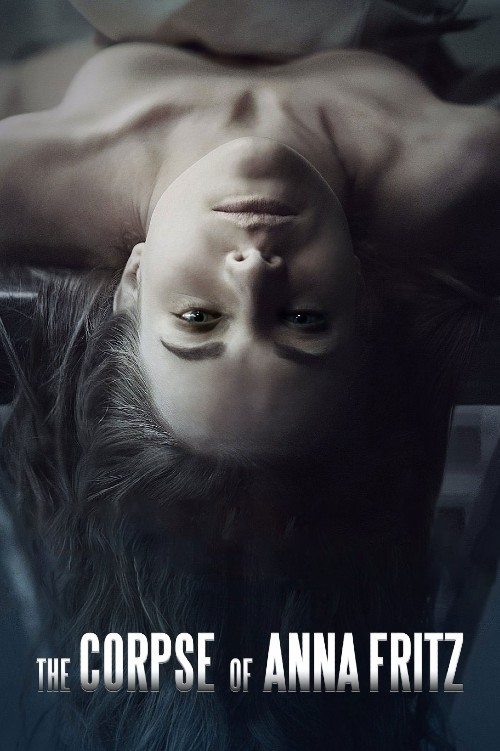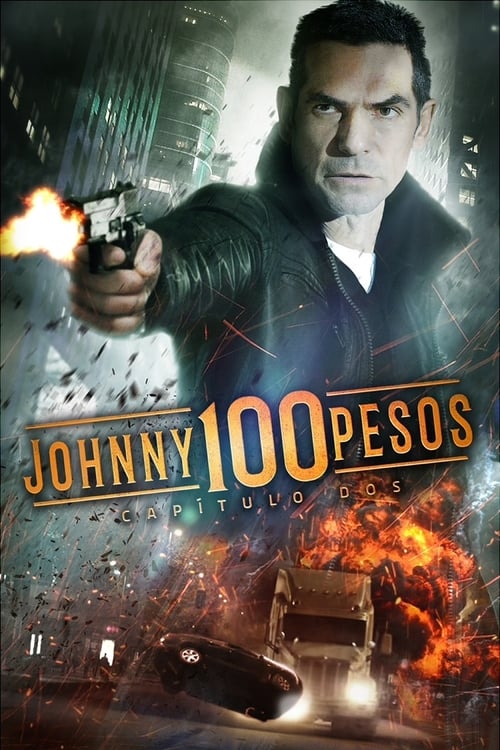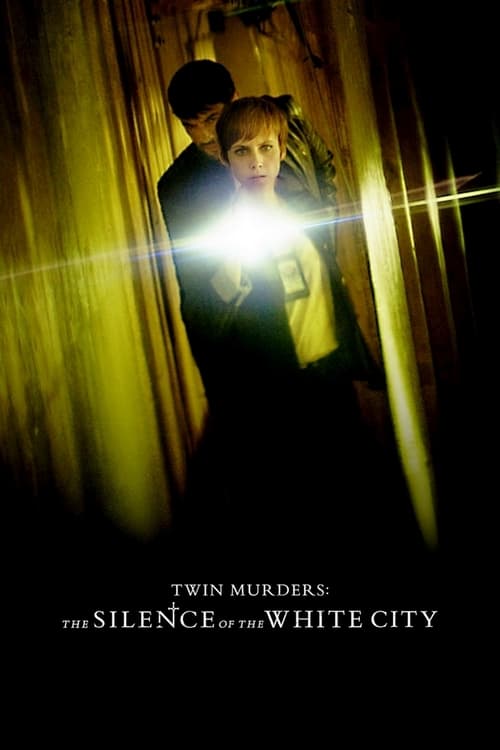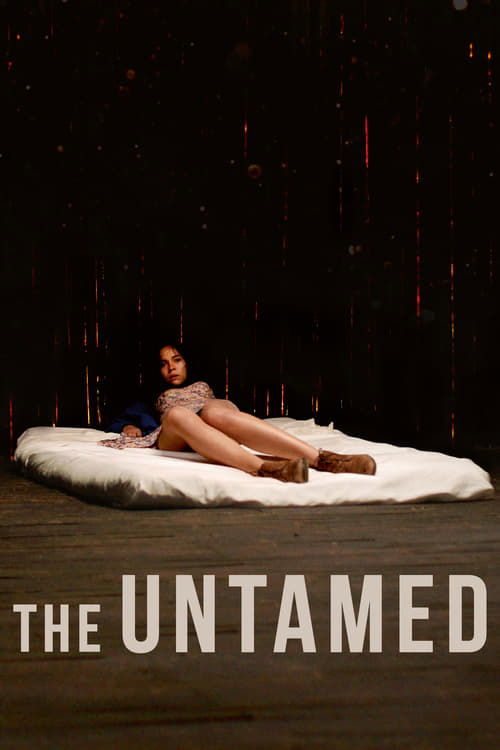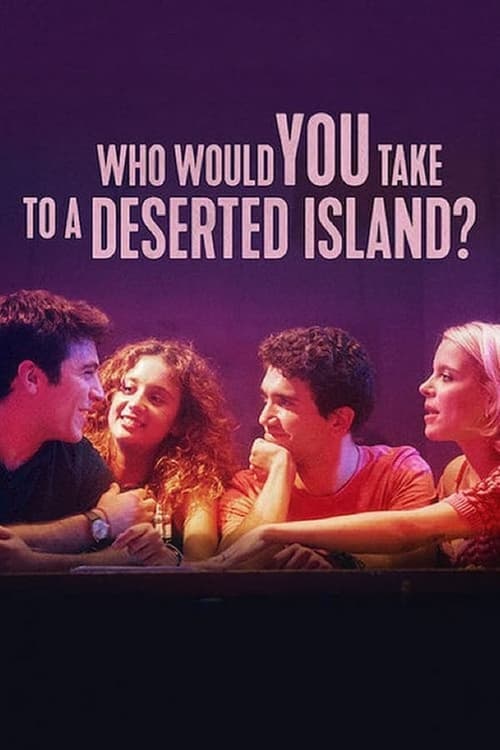
Ask Your Own Question
What is the plot?
The air is thick with the smell of blood and damp earth. It is 1978, Chile, deep within the heart of Augusto Pinochet's military dictatorship. In a hidden compound, far from the eyes of the world, a woman is bound, her body already marked by unspeakable torture. Her name is never spoken, but her pain is real, her terror palpable. The room is dim, lit only by a single flickering bulb. A young boy, no older than fifteen, is dragged in by a man in a military uniform--his father. The boy's name is Juan. His face is already slashed, a jagged wound running from his temple to his cheek. He is drugged, barely conscious, but his eyes are wide with horror as he sees his mother, broken and bleeding.
"Look at her," the father says, his voice cold, devoid of emotion. "This is what happens to traitors. This is what happens to those who betray the state."
Juan tries to speak, but his tongue is heavy, his mind clouded. His father forces him forward, shoving him toward his mother. "Do it," he commands. "Do it, or you'll join her."
The boy resists, but the drugs and the fear are too much. He is forced to rape his own mother, his hands trembling, his tears mixing with her blood. The act is long, drawn out, a grotesque ritual of power and degradation. And when it is over, his father shoots the woman in the head. The sound echoes through the compound, a final punctuation to the horror. Juan collapses, sobbing, his world shattered.
The scene fades, but the trauma lingers.
The year is 2011. The dictatorship is gone, but its shadow still stretches across Chile. Four young women--Andrea, Camila, Magdalena, and Julia--drive through the countryside, laughing, their music loud, their spirits high. They are sisters, cousins, lovers, friends. Andrea and Camila are sisters, their bond unbreakable. Magdalena is their cousin, sharp-witted and bold. Julia is Camila's lesbian lover, her presence a quiet defiance of the conservative world around them. They are from Santiago, the city, the modern world. They are here for a weekend of fun, a break from the pressures of life.
They arrive at a remote house, nestled in the hills, far from any town. The house is old, isolated, surrounded by trees and silence. They unpack, pour drinks, dance, and talk. The night is warm, the stars bright. For a moment, everything is perfect.
But the peace is shattered by a knock at the door.
Andrea hesitates, then opens it. Standing there are two men--Juan, now middle-aged, his face still scarred, his eyes hollow, and his son, a younger version of himself, equally menacing. They are strangers, but their presence is wrong, their energy dark.
"Can we help you?" Andrea asks, her voice polite but wary.
Juan says nothing. His son steps forward, his hand reaching out. Andrea tries to close the door, but they force their way in. The attack is sudden, brutal, and relentless. The women are overpowered, dragged, beaten, raped. The house becomes a chamber of horrors. Camila fights back, but she is overpowered. Magdalena screams, but no one comes. Julia tries to protect Camila, but she is thrown aside. Andrea is left broken, her body and mind shattered.
The men leave, but the damage is done. The women are left in the wreckage, their bodies bruised, their spirits broken. They try to call for help, but there is no signal. They drive to the nearest town, desperate for assistance, but the townspeople turn them away, their faces blank, their silence deafening. The legacy of the dictatorship lives on, not just in the men who attacked them, but in the complicity of those who do nothing.
Back at the house, the women regroup. They are not the same. The trauma has changed them. Andrea is silent, her eyes distant. Camila is angry, her pain turning to rage. Magdalena is scared, but determined. Julia is the one who suggests they fight back.
"We can't just let this happen," Julia says, her voice trembling but firm. "We have to do something."
They find two policemen, brothers, who agree to help them. The policemen are not heroes, but they are willing to confront the men who did this. Together, they drive to Juan's property, a dilapidated farm on the outskirts of the town. The house is surrounded by barbed wire, the windows boarded up. It is a fortress of pain.
They approach, their weapons drawn. Juan and his son are waiting. The confrontation is immediate, violent. The policemen are shot, their bodies falling to the ground. Andrea, Camila, Magdalena, and Julia are left alone, facing their attackers.
The fight is brutal. Andrea uses a knife, stabbing Juan in the leg. Camila grabs a gun, shooting his son in the chest. Magdalena and Julia fight with whatever they can find--sticks, rocks, their bare hands. The house becomes a battleground, blood splattering the walls, the air thick with screams.
Juan is relentless. He fights back, his strength fueled by years of trauma and rage. He kills Magdalena, snapping her neck with a single, brutal motion. Julia is stabbed, her body collapsing to the floor. Camila is wounded, but she keeps fighting, her love for Julia driving her forward.
Andrea, broken but determined, confronts Juan. She remembers the opening scene, the boy forced to rape his mother. She sees the legacy of the dictatorship in his eyes, the cycle of abuse that has consumed him. She raises her knife, but she hesitates.
"Why?" she asks, her voice barely a whisper. "Why did you do this?"
Juan says nothing. His face is a mask of pain and anger. Andrea stabs him, again and again, until he falls. The house is silent, the only sound the heavy breathing of the survivors.
The aftermath is quiet. Camila is alive, but barely. Julia is dead, her body lying in the wreckage. Magdalena is gone, her life cut short. Andrea is alive, but her soul is scarred. The policemen are dead, their bodies left behind.
The women leave the house, their bodies broken, their minds haunted. The legacy of the dictatorship lives on, not just in the men who attacked them, but in the scars they carry. The cycle of violence is not broken, but it is confronted.
The film ends with Andrea standing at the edge of the town, looking back at the house. The sun is setting, the sky painted with blood-red hues. She turns away, walking into the darkness, her future uncertain, her past a burden she will carry forever.
The trauma remains, a wound that will never fully heal.
What is the ending?
In the ending of the movie "Trauma," the main character, a man named David, confronts his traumatic past and the consequences of his actions. The film culminates in a tense standoff that leads to a tragic resolution, ultimately revealing the deep scars left by trauma on both David and those around him.
As the film approaches its conclusion, David finds himself in a confrontation with his past. He is haunted by the memories of a violent incident that has shaped his life and the lives of others. The emotional weight of his actions becomes unbearable, leading to a moment of reckoning. In a climactic scene, David faces the consequences of his choices, leading to a tragic outcome that leaves him and those he cares about irrevocably changed.
In the expanded narrative, the final act begins with David standing alone in a dimly lit room, the shadows reflecting the turmoil within him. He clutches a photograph of his family, a reminder of the life he once had before the trauma took hold. The air is thick with tension as he grapples with the memories of the violent incident that shattered his world.
As he moves through the space, flashes of the past invade his mind--images of the fateful day when everything changed. The sound of sirens blaring and the cries of those affected echo in his ears, amplifying his guilt and despair. David's internal struggle is palpable; he is torn between seeking redemption and succumbing to the weight of his guilt.
In a pivotal scene, David encounters a figure from his past, a person deeply affected by the incident. Their confrontation is charged with emotion, as both characters express their pain and anger. The dialogue is raw and revealing, exposing the scars that trauma has left on their lives. David's desperation to make amends is met with resistance, highlighting the complexity of forgiveness and the difficulty of moving on from the past.
As the tension escalates, the scene shifts to a more chaotic environment, where the consequences of David's actions come to a head. The atmosphere is fraught with danger, and the stakes are higher than ever. David is faced with a choice that will determine not only his fate but also the fate of those around him. The weight of his decisions hangs heavy in the air, and the audience can feel the impending doom.
In the climax, a tragic event unfolds, leading to a heartbreaking resolution. David's attempts to reconcile with his past ultimately result in irreversible consequences. The emotional fallout is devastating, leaving him to confront the reality of his actions. The final moments of the film are marked by silence, as David is left alone to grapple with the aftermath of his choices.
The fate of each main character is sealed in this tragic conclusion. David is left to bear the burden of his trauma, forever changed by the events that transpired. The other characters, who have been deeply affected by his actions, are also left to navigate their own paths of healing and loss. The film closes on a somber note, emphasizing the lasting impact of trauma and the complexities of human relationships in the face of tragedy.
Is there a post-credit scene?
In the movie "Trauma" (2017), there is no post-credit scene. The film concludes its narrative without any additional scenes or content after the credits roll. The story wraps up with the resolution of the main plot, focusing on the emotional and psychological aftermath of the traumatic events experienced by the characters. The absence of a post-credit scene allows the audience to reflect on the themes of trauma and recovery presented throughout the film.
What traumatic event does the main character, a young woman named 'Megan', experience that sets the story in motion?
Megan, the protagonist, experiences a horrific car accident that results in the death of her best friend, which deeply traumatizes her and serves as the catalyst for the unfolding events in the film.
How does Megan's relationship with her father evolve throughout the film?
Megan's relationship with her father, who is struggling to cope with the loss of his wife and the aftermath of the accident, becomes strained as they both deal with their grief in different ways. Their interactions reveal a growing distance and misunderstanding, highlighting the emotional turmoil they both face.
What role does the character 'Dr. Kessler' play in Megan's journey towards healing?
Dr. Kessler is a therapist who becomes a pivotal figure in Megan's journey. He helps her confront her trauma and navigate her feelings of guilt and loss, providing a safe space for her to express her emotions and begin the healing process.
What is the significance of the recurring nightmares that Megan experiences?
Megan's recurring nightmares serve as a manifestation of her unresolved trauma and guilt over her friend's death. These dreams are vivid and disturbing, reflecting her internal struggle and the psychological impact of the accident, ultimately pushing her to seek help.
How does the film portray the theme of guilt through Megan's character?
Megan's character is heavily burdened by guilt, believing she could have prevented the accident that killed her friend. This guilt affects her relationships and mental state, leading to self-destructive behavior and a deep sense of isolation, which the film explores in depth as she seeks redemption.
Is this family friendly?
"Trauma," produced in 2017, is not considered family-friendly due to its intense themes and graphic content. Here are some potentially objectionable or upsetting aspects that may affect children or sensitive viewers:
-
Violence: The film contains scenes of physical violence that are graphic and may be disturbing to viewers. This includes intense confrontations and injuries.
-
Psychological Trauma: The narrative explores deep psychological themes, including trauma and its effects on individuals, which may be unsettling for younger audiences.
-
Emotional Distress: Characters experience significant emotional turmoil, including grief, anger, and fear, which may resonate deeply and evoke strong feelings in sensitive viewers.
-
Dark Themes: The film delves into themes of revenge, loss, and the impact of past events on present lives, which may be too heavy for children.
-
Language: There may be strong language used throughout the film that could be inappropriate for younger audiences.
Overall, the film's content is geared towards an adult audience and may not be suitable for children or those who are sensitive to such themes.





